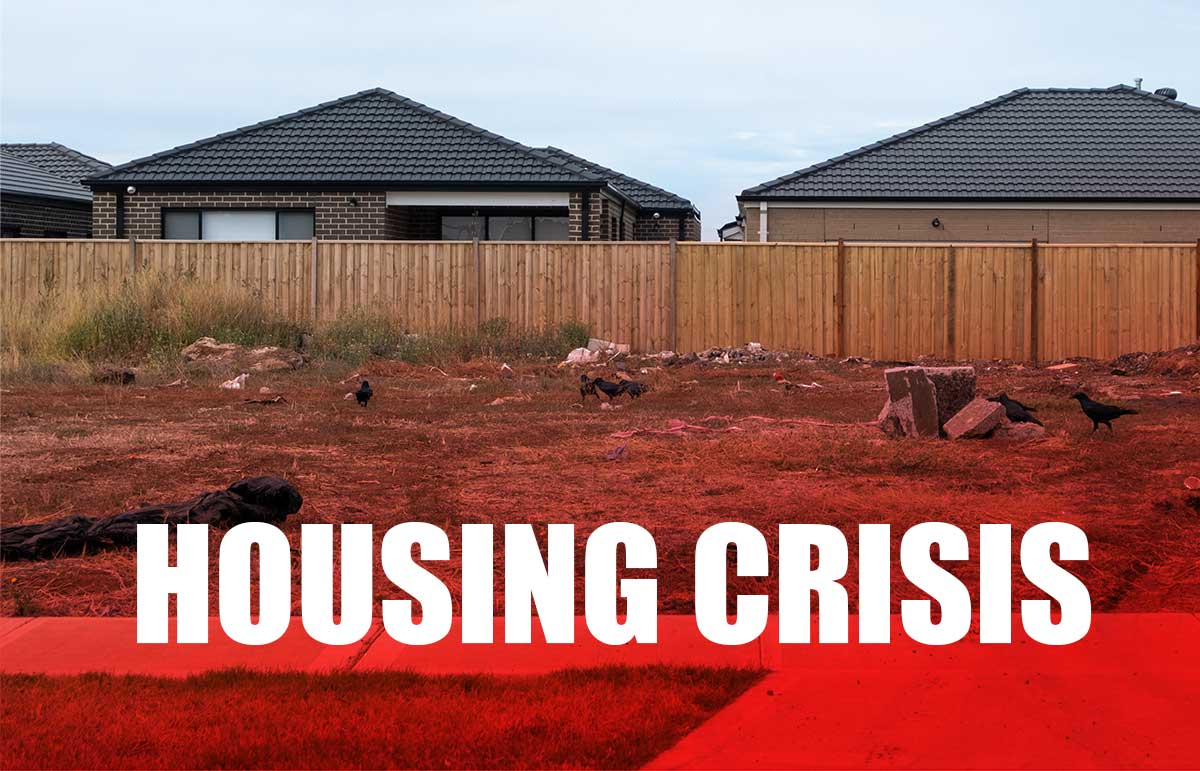
There is no quick fix for the Australian housing problem
In May 2024, the Australian Government Budget made 2 major announcements to combat the housing crisis currently being faced.
Firstly on “Growing Australia's Construction Workforce to Build More Homes”
Where the government plans to invest 90.6 million to boost the number of skilled workers in the construction and housing sector
And Secondly “Multi-billion-dollar investment to build more homes for Australians”
Where over 25 billion in new housing investments with an ambitious goal of building 1.2 million homes by the end of the decade.
Throwing money on a problem that has so historically been underinvested is going to take some time to fix. As we start the new financial year… the building and construction industry in Australia still faces the same challenges. Here is a shortlist.
1. Skills Shortages:
- Issue: There is a significant shortage of skilled labour in the construction industry, including tradespeople, project managers, and engineers.
- Impact: This shortage leads to delays in project delivery, increased labour costs, and compromises on project quality.
2. Regulatory Changes and Compliance:
- Issue: Constant changes in building regulations, codes, and compliance requirements can be difficult for stakeholders to keep up with.
- Impact: Non-compliance can lead to fines, project delays, and reputational damage for construction firms.
3. Safety and Workplace Health:
- Issue: Workplace safety remains a critical concern, with construction sites being inherently hazardous environments.
- Impact: Accidents and injuries not only affect worker well-being but also lead to project delays and increased insurance premiums.
4. Cost Escalation:
- Issue: Rising material costs, fluctuating labor costs, and increased regulatory requirements contribute to overall project cost escalation.
- Impact: This can strain project budgets, reduce profit margins, and make projects financially challenging to complete.
5. Sustainability and Environmental Impact:
- Issue: There is growing pressure to adopt sustainable building practices and reduce the environmental impact of construction activities.
- Impact: Meeting sustainability standards requires investment in new technologies and practices, which can be costly and challenging to implement.
6. Technology Adoption and Innovation:
- Issue: The construction industry has been slow to adopt modern technologies such as Building Information Modeling (BIM), drones, and automation.
- Impact: Lagging behind in technology adoption can lead to inefficiencies, higher costs, and reduced competitiveness.
7. Project Delays and Disputes:
- Issue: Delays in project completion and disputes between stakeholders (contractors, clients, suppliers) are common in the industry.
- Impact: These issues can lead to legal disputes, increased project costs, and damage to business relationships.
8. Infrastructure Investment and Funding:
- Issue: Uncertainty in government infrastructure investment and funding affects the pipeline of construction projects.
- Impact: Fluctuations in funding can lead to periods of boom and bust in the industry, affecting job security and economic stability.
9. Supply Chain Disruptions:
- Issue: Global supply chain disruptions, such as those experienced during the COVID-19 pandemic, impact the availability and cost of materials.
- Impact: Delays in material deliveries and increased costs can hinder project timelines and profitability.
10. Workforce Diversity and Inclusion:
- Issue: There is a need for greater diversity and inclusion within the construction workforce, including gender balance and multicultural representation.
- Impact: Lack of diversity can limit innovation and creativity within the industry and perpetuate existing challenges.
Addressing these challenges requires collaboration between industry stakeholders, government intervention in policy and regulation, investment in skills development and technology adoption, and a commitment to sustainable and safe practices. This is going to take time. Adapting to these challenges is crucial for the long-term growth and resilience of the building and construction industry in Australia.
In the coming weeks Back to Basics will look at these top 10 challenges in more detail as we look at some of the solutions that have been put forward.